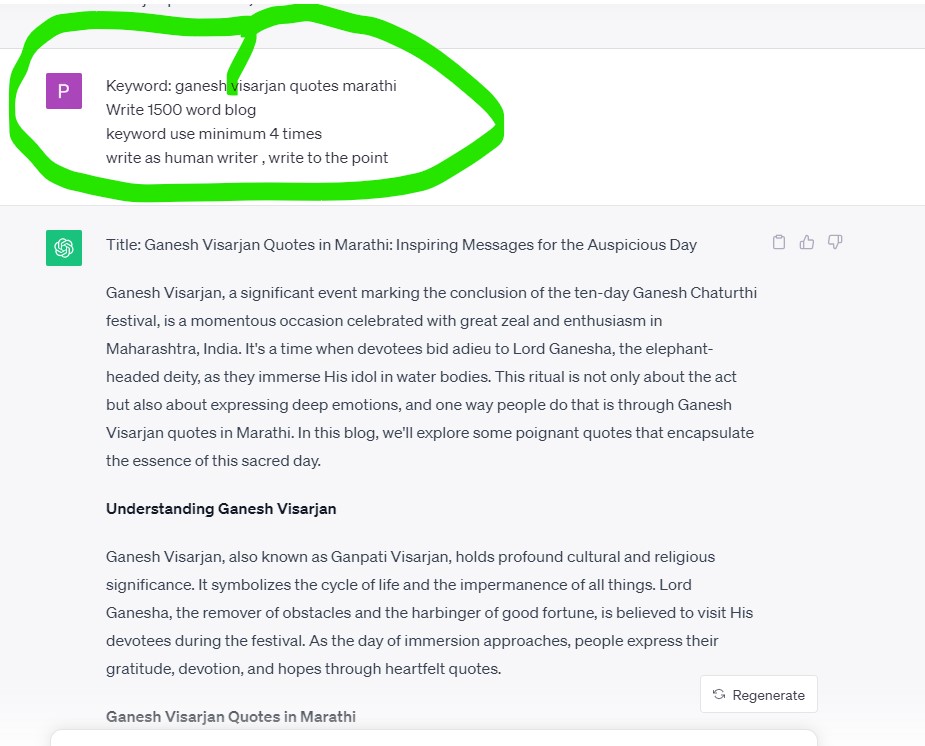The Best Way to Think of Prompt Engineering
Prompt engineering is the art of crafting questions and instructions to get the most accurate and relevant responses from AI models. It’s a crucial skill for anyone working with AI, whether you’re developing chatbots, automating customer service, or generating content. In this blog we will discuss all about what is the best way to think of prompt engineering .
Key Concepts in Prompt Engineering
1. Format: The structure of your prompt greatly influences the AI’s response.
- Question-Answer: Directly pose a question for a straightforward answer.
- Instruction-Based: Provide clear instructions for specific tasks.
- Contextual: Offer background information to set the scene.
- Conversation Starters: Initiate or continue a dialogue.
2. Length: The amount of detail in your prompt determines the depth of the response.
- Short Prompts: Concise and to the point.
- Medium-Length Prompts: Offer a bit more context for detailed answers.
- Long Prompts: Provide extensive background for comprehensive responses.
3. Audience: Tailor your prompt to the knowledge and expectations of your target audience.
- General Audience: Use simple language and broad topics.
- Experts/Professionals: Employ technical language and in-depth analysis.
- Students/Educators: Maintain an educational tone with clear explanations.
- Business/Corporate: Adopt a professional tone with industry-specific jargon.
Practical Examples
- General Audience: “What are the benefits of eating healthy?”
- Experts/Professionals: “Analyze the impact of new technology on renewable energy efficiency.”
- Students/Educators: “Explain the water cycle with its main processes.”
- Business/Corporate: “Evaluate how AI can improve supply chain management.”
Tips for Effective Prompt Engineering
- Be Clear and Specific: Avoid ambiguity to ensure relevant responses.
- Provide Context When Needed: Give background information to guide the AI.
- Adjust for Your Audience: Match the complexity and tone to your audience’s needs.
- Iterate and Refine: Continuously improve your prompts based on the responses you receive.
Conclusion
Thinking of prompt engineering as a blend of art and science can help you craft effective prompts. By considering format, length, and audience, you can optimize AI interactions to provide valuable insights and solutions. This strategic approach ensures that your AI applications are both efficient and effective.




1 thought on “What is the best way to think of prompt engineering?”